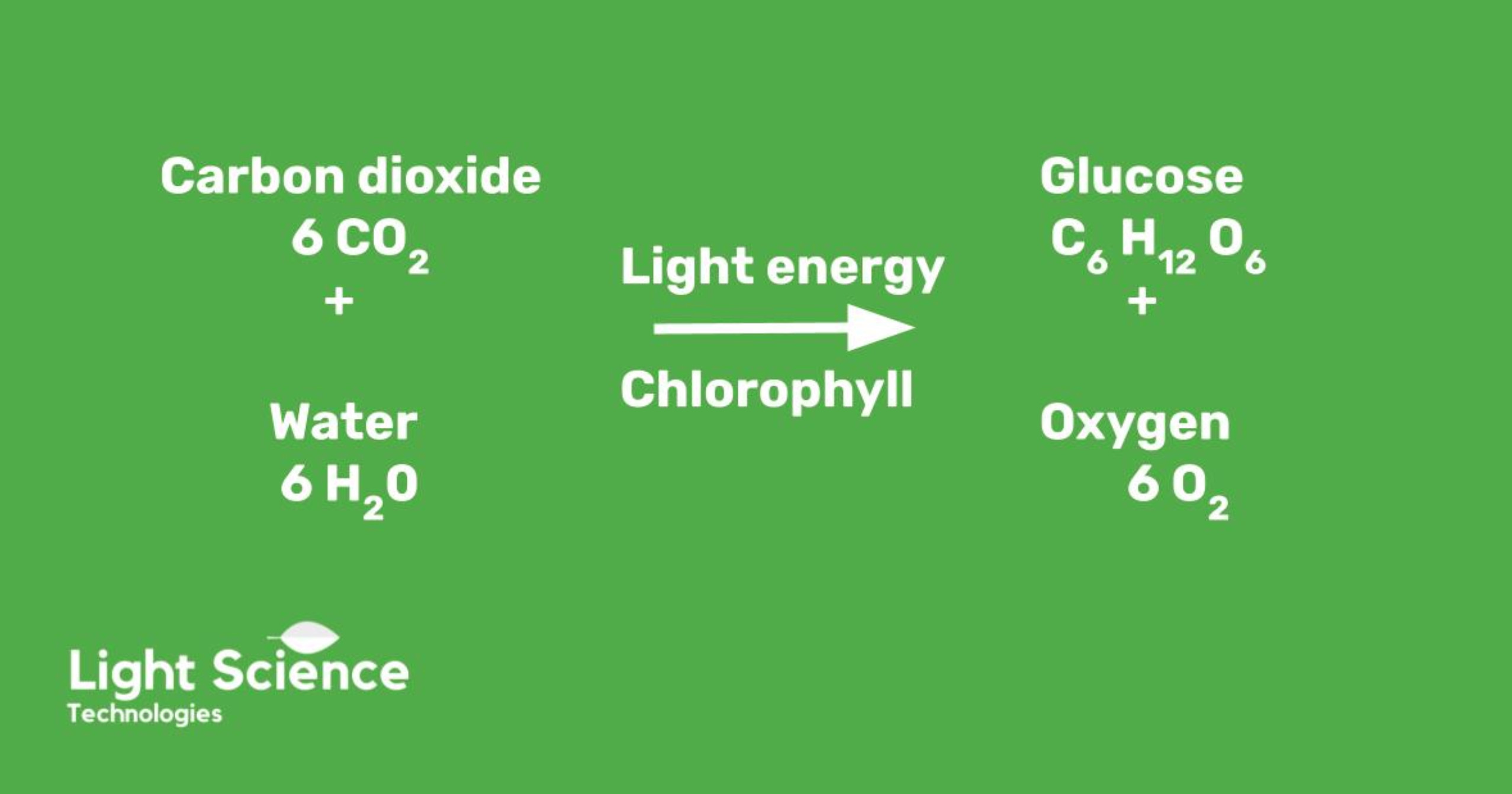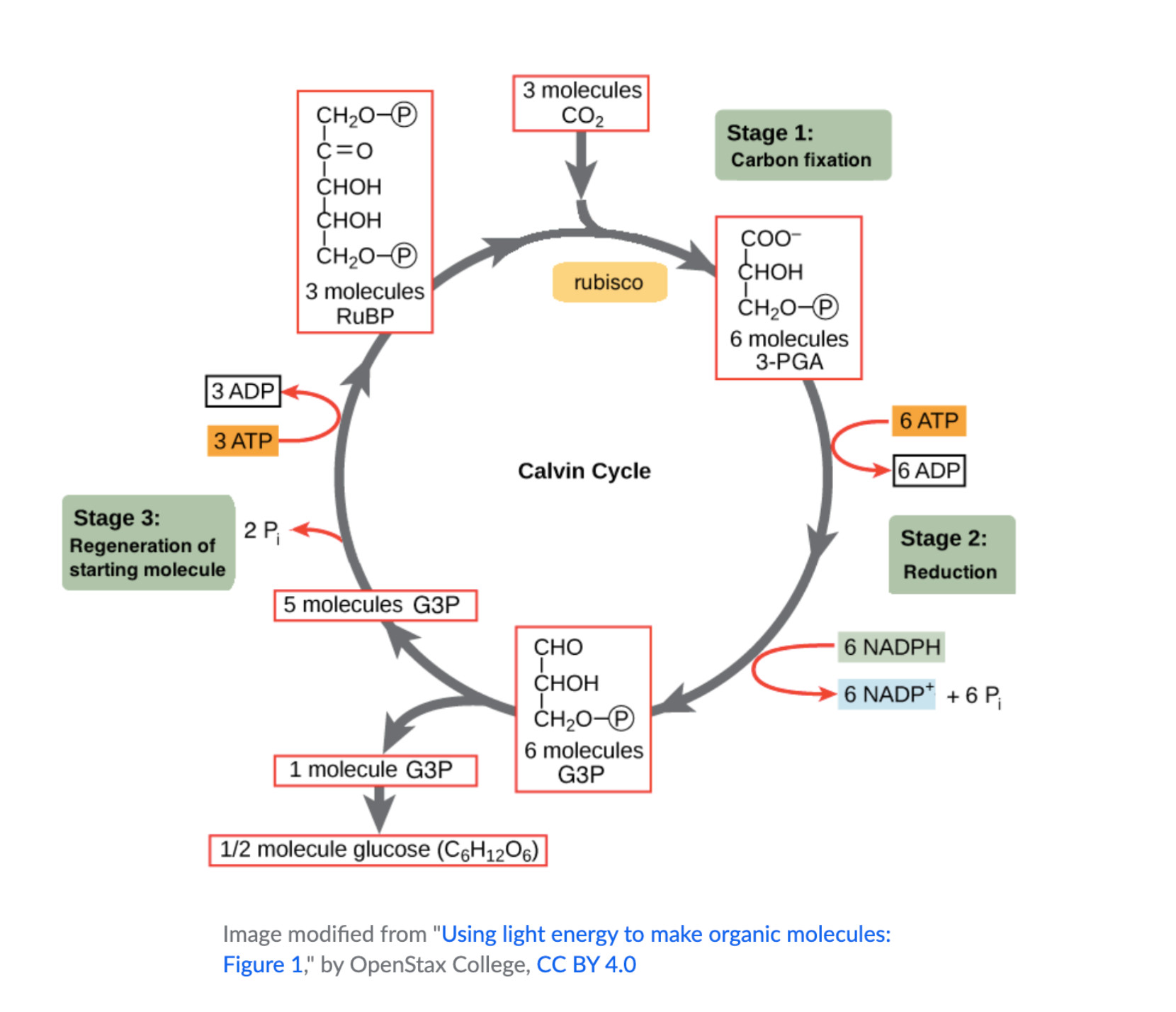Photosynthesis, the remarkable process fueling all plant life, transforms light energy into the chemical energy essential for growth and vitality. Without sufficient light to drive this process, plants can exhibit signs of stress, from yellowing leaves and drooping stems to stunted growth and leaf loss. For cultivators, understanding and optimizing lighting conditions is paramount to prevent photosynthesis-related issues and maximize crop success. This begins with knowing precisely where photosynthesis takes place within the plant, allowing for informed decisions regarding light source selection and placement.
The Core Components of Photosynthesis
Photosynthesis is orchestrated within specialized cellular structures: chloroplasts, thylakoids, and chlorophyll. The primary site of photosynthesis is within the chloroplasts, organelles abundant in the mesophyll cells of leaves. Nestled inside the chloroplasts are thylakoids, membrane-bound compartments that house chlorophyll. Chlorophyll is the pigment that captures the diverse wavelengths of the light spectrum, initiating the energy conversion process (Source: Biology: LibreTexts). The interaction between light wavelengths and these structures is crucial for effective photosynthesis.
 Diagram illustrating photosynthesis in numbers within a leaf cross-section
Diagram illustrating photosynthesis in numbers within a leaf cross-section
Leaves are adept at absorbing different wavelengths of light. While the leaf surface readily absorbs blue and red wavelengths, green light penetrates deeper into the plant tissues. This absorbed light, particularly by the chloroplasts, drives photosynthesis and energy conversion most efficiently. While leaves absorb across the visible spectrum to varying degrees, red, blue, and green wavelengths are particularly significant for photosynthesis. The range of light wavelengths utilized by plants is known as Photosynthetic Active Radiation (PAR), encompassing the spectrum and solar radiation levels between 400 and 700 nm. Photosynthesis in numbers highlight the quantitative aspects of this process.
Inside the Photosynthetic Process
Photosynthesis predominantly occurs in the leaves, with a lesser extent in stems, and comprises both light-dependent and light-independent reactions. In the light-dependent stage, light energy captured by thylakoids is converted into chemical energy. This chemical energy then fuels the light-independent reactions, also known as the Calvin Cycle (Calvin Cycle), where carbon dioxide absorbed by the leaves is transformed into carbohydrates. The Calvin Cycle culminates in the production of glucose, used by the plant for energy, and oxygen, released into the atmosphere as a byproduct.
 Diagram illustrating the Calvin Cycle and its inputs and outputs
Diagram illustrating the Calvin Cycle and its inputs and outputs
Optimizing photosynthesis for robust plant growth necessitates providing plants with light that delivers the appropriate levels of PAR radiation at the correct intensity. Grow lights designed to emit the necessary color spectrum and positioned strategically are essential tools for cultivators. It is crucial to note that excessive light intensity can be detrimental. Photosynthesis efficiency plateaus and even declines beyond a certain light saturation point, meaning that increasing light beyond this threshold will not enhance the process and may negatively affect plant health.
Beyond light quality and intensity, managing light duration is also vital. Plants require a balance of ‘day’ and ‘night’ light periods, known as photoperiodism, to regulate flowering and other developmental stages. Furthermore, maintaining appropriate temperature in the growing environment is critical, as plants cannot photosynthesize effectively in excessively hot or cold conditions.
Collaborating with specialists who understand the complexities of grow lighting and its impact on plant physiology is highly beneficial. Light Science Technologies offers expertise in grow light technology and plant science, assisting growers in implementing lighting layouts and designs that optimize light, heat, and distance, thereby fostering efficient photosynthesis and healthy plant growth.

